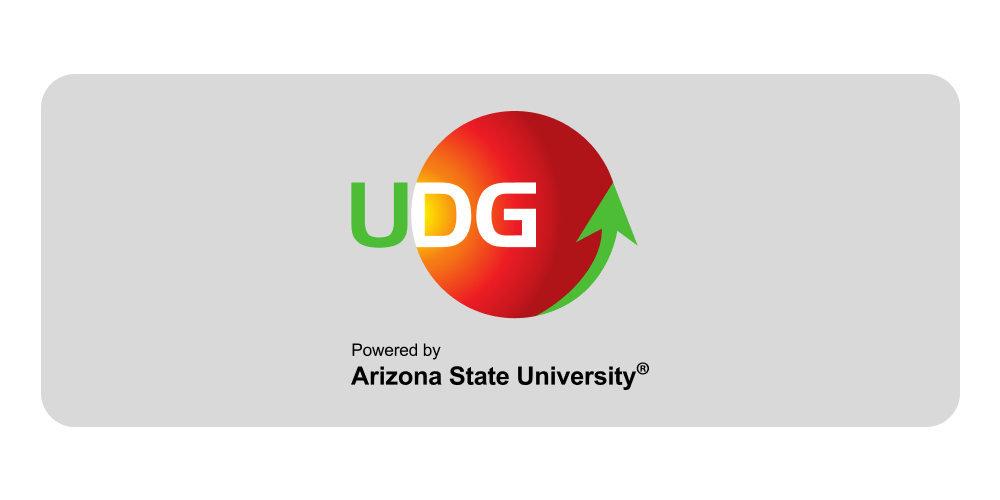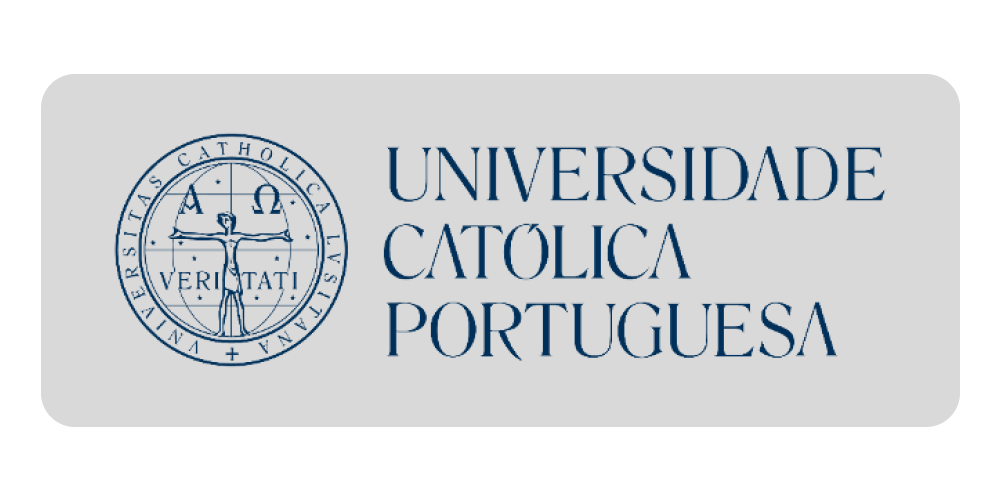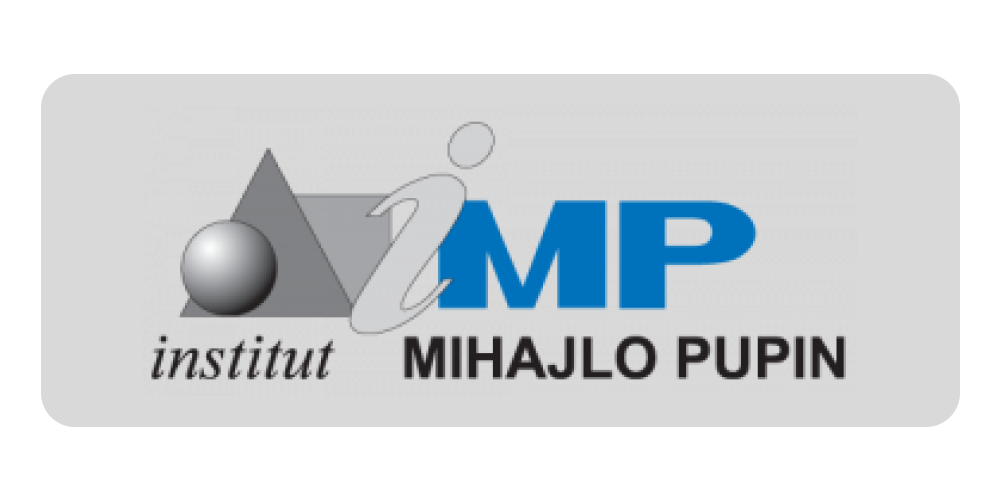A digital platform is aimed at making specific innovations and technological solutions, produced by the academic and research community, more accessible to private companies. It is a service for automatically downloading, synchronizing, sorting and displaying information from large scientific platforms such as Academia.edu, Google Scholar, or Researchers Gate to the platform EmpowerHR4Inno. Platform initially focus on priority sectors, food, health tourism, horizontal IT priority and nationally produced solutions with a tendency for further development. The following information can be found:
- Course library with sub-content WoS published, results, other solutions, and digital tools and HR models;
- Set of features that allow sending newsletters to users who sign up as interested in a particular group of news feeds.
Department of Archaeology, Faculty of Humanities and Social Sciences
Prilog poznavanju nalazišta ponad sv.Marije Okićke
Download
2002
 D. Ložnjak
D. Ložnjak
'Faculty of Education and Rehabilitation Sciences, University of Zagreb'
Metrijske karakteristike formulara za procjenu rizičnosti / potreba (FPRP)
Download
2002
 Nivex Koller-Trbović
,
Antonija Žižak
,
Branko Nikolić
Nivex Koller-Trbović
,
Antonija Žižak
,
Branko Nikolić
'Croatian Academy of Sciences and Arts'
The structure of the onomastic entry in the encyclopaedic dictionary
U radu se sažeto prikazuje jedan od mogućih modela obradbe onomastičke
građe u enciklopedijskome rječniku. Predloženi se obrazac ilustrira na nekolicini
tipičnih primjera iz nedavno objavljenoga Hrvatskoga enciklopedijskoga
rječnika i sažeto uspoređuje s primjerima obradbe onomastičkih natuknica u
Skokovu etimologijskome rječniku.Onomastic data is rarely an obligatory component of a dictionary. The
Croatian Encyclopedic Dictionary is the first dictionary in the long and rich
Croatian lexicographic...
Download
Croatian
2002
 Dunja Brozović Rončević
Dunja Brozović Rončević
'Lviv Regional Institute for Public Administration - LRIPA NAPA'
Types of Local Self-Government Units
U proteklih pedesetak godina Hrvatska je imala i politipski i monotipski organiziranu lokalnu samoupravu. Razlozi za primjenu oprečnih rješenja nisu bili uvijek konzistentni. Praksa je pokazala daje sadašnji politipski ustroj više posljedica loše utvrđenih kriterija prilikom određivanju statusa grada nego racionalnih odluka o biti primijenjenog rješenjaThe Republic ofC roatia, having become an independent state, has organized its local self-government according to the polytypic model
(unlike the...
Download
Croatian
2002
 Željko Pavić
Željko Pavić
'Lviv Regional Institute for Public Administration - LRIPA NAPA'
Types of Local Self-Government Units
U proteklih pedesetak godina Hrvatska je imala i politipski i monotipski organiziranu lokalnu samoupravu. Razlozi za primjenu oprečnih rješenja nisu bili uvijek konzistentni. Praksa je pokazala daje sadašnji politipski ustroj više posljedica loše utvrđenih kriterija prilikom određivanju statusa grada nego racionalnih odluka o biti primijenjenog rješenjaThe Republic ofC roatia, having become an independent state, has organized its local self-government according to the polytypic model
(unlike the...
Download
Croatian
2002
 Željko Pavić
Željko Pavić
Institute of arhaeology
Urnfield Culture Knives in Croatia
U radu se obrađuju brončanodobni noževi po vrstama nalazišta: ostave, grobovi, naselja i pojedinačni nalazi. Najviše je noževa nađeno u ostavama, a najmanje u naseljima brončanoga doba. Datirani su, ovisno o tipskoj pripadnosti, od srednje bronce do Ha B 2/B 3.Most knives’ fragments have been found in hoards (descending):
Brodski Varoš, Beravci, Podcrkavlje, Mačkovac,
Poljanci II, Otok–Privlaka. One knife has been
found in each of the hoards: Bošnjaci, Budinšćina, Dabar–
Marina, Donja Bebrina, Dolina,...
Download
2002
 Dunja Glogović
Dunja Glogović
Texas A&M 54th Annual Relay Conference for Protective Relay Engineers, 2001
Use of advanced digital simulators for distance relay design and application testing
Download
2001
Tomo Popovic






